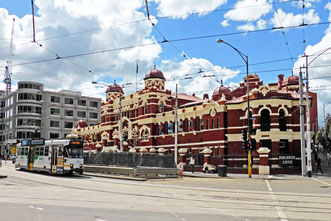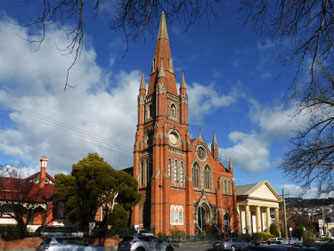Religion venues
Religion venues – you know, as in: churches, mosques, synagogues and the like, where religion establishments run their enterprises.
Old religion venues are interesting features of almost any place that I visit when travelling. (More recent religion venues less so — although, there are some amazing exceptions.)
So much human skill, design, effort, and community wealth went into old religion venues that they are nearly always beautiful, complex, and highly decorated buildings that represent the peak of architectural and engineering knowledge of their day. I’ve passed through so many old villages in Europe that consist mostly of the humble dwellings of the poor, and yet sufficient wealth has been extracted from them so that they can have an imposing, impressive, and even majestic church rising high out of the middle of the village, or perched of a hilltop looking down on the village.
In Australia, my homeland, there are no really old Northern-Hemisphere-style religion venues. (There are, however, lots of Indigenous Australian sacred sites, which are far older.) The first church in Australia was built within a few years of the arrival of the first European colonists in 1793, but the currently oldest church in Australia (Ebenezer Uniting Church) was completed in 1809, so, two-hundred-and-twelve years old as I write this – not very old by world standards. Still, many beautiful churches were built in Australia throughout the nineteenth century, and most of the larger country towns have a few of them.
Visiting Orange

We’ve recently taken the chance of moving around a bit (just within Australia) by travelling from south-east Queensland to Central-west New South Wales, basing ourselves in the city of Orange. I’ve visited this area a few times in the last few years and have found that it is a place of surprisingly lovely countryside, and functional and community-orientated towns and small cities.
Visiting Como, Italy

We have a couple of spare days between our house sit in Kandersteg in Switzerland and our next housesit in Castronno in northern Italy, so we decided to explore Como on our route, a resort town on the edge of the Italian Alps. The surrounds of Como are known as a playground of the rich and famous; but the old town is a popular destination for ordinary visitors, and a nice northern Italian village with a medieval centre.
Visiting Melbourne

A British friend of mine is coming to Melbourne, Australia, soon, for a conference, and she asked me for suggestions for things that she should see and do while she is here. I put this list of things together for her, plus some general advice on getting around – it’s not definitive, or even the most popular recommendations for Melbourne, but they’re my personal favourites.
Tulips on Table Cape

Much of the Western half of the north coast of Tasmania has deep red volcanic soil. As you pass through the area you see bright green paddocks with sheep and dairy cattle that are making the best of that soil, and ploughed paddocks that reveal the chocolatey red colour of the soil. This marvellous soil in Tasmania’s temperate climate is perfect for growing flowers.
Launceston’s beautiful churches

In my previous post, I introduced some of Launceston’s historic buildings, including a few of its commercial historic buildings.
Launceston also has a large selection of another sort of historic commercial building: churches. So much human skill, design, effort, and community wealth went into old churches that they are nearly always beautiful complex, and highly decorated buildings.
